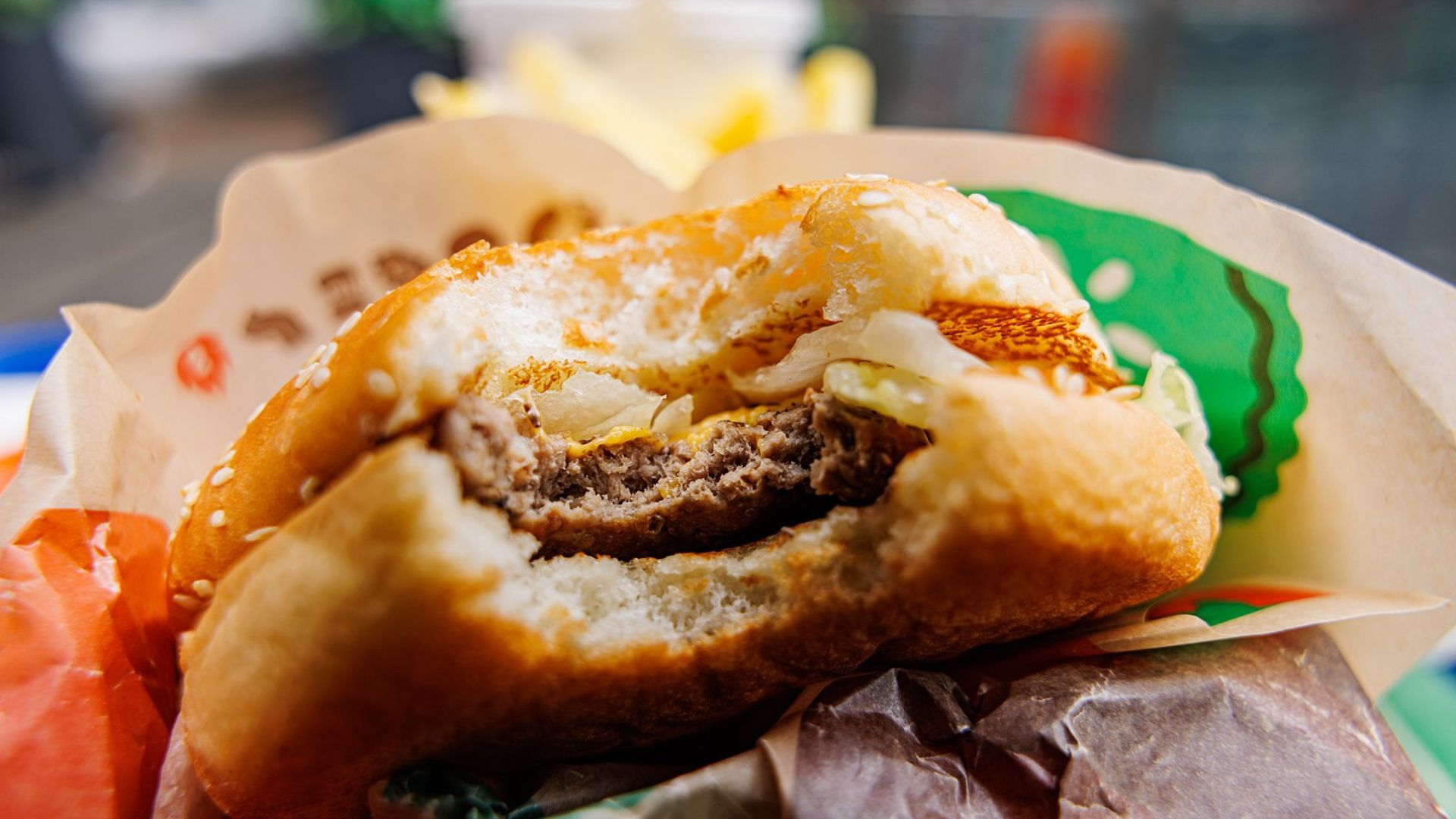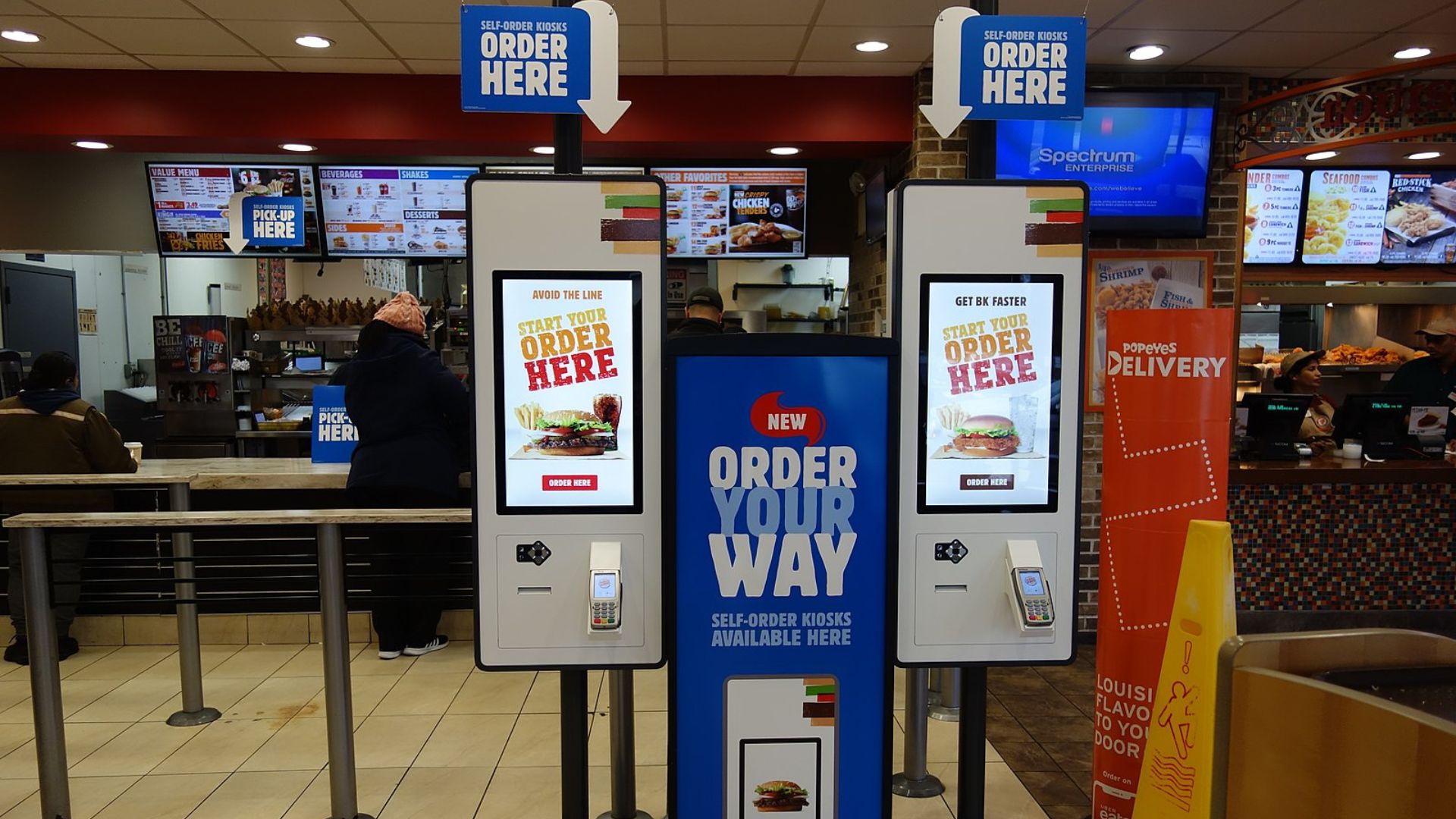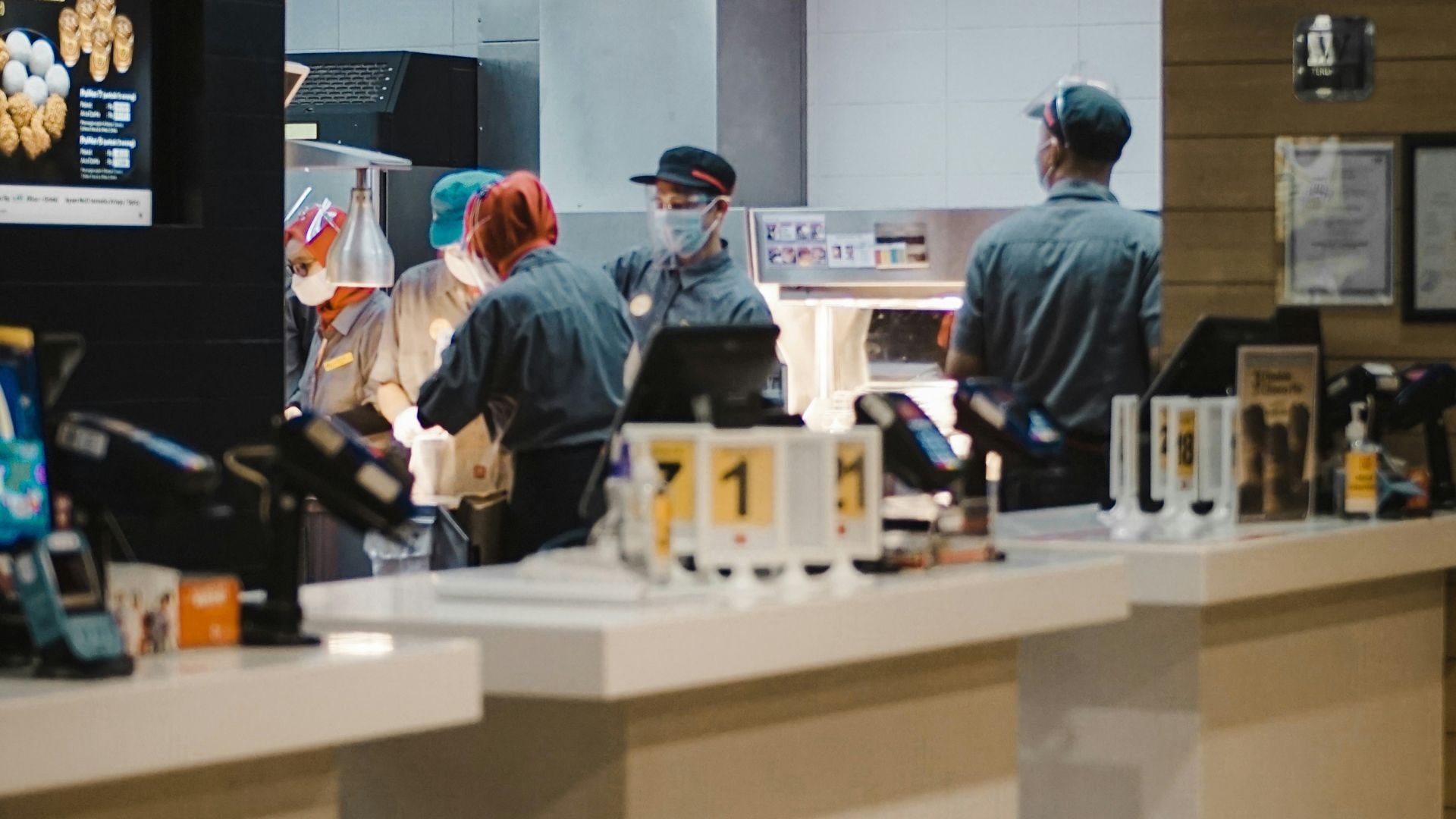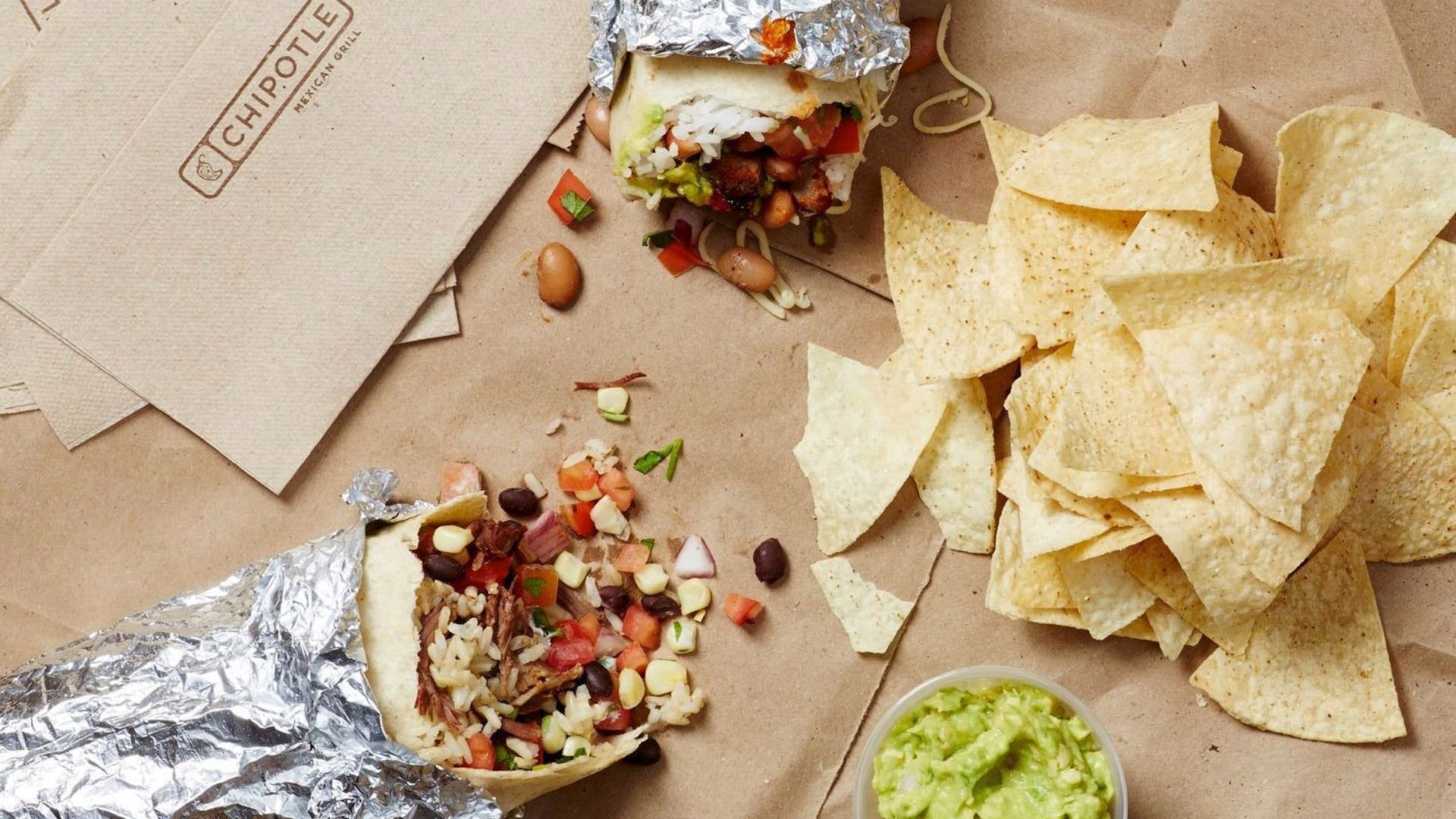The fast food industry is booming, with global market growth expected to reach $123.43 billion from 2023 to 2027. Despite rising prices and economic challenges, the industry shows resilience and adaptability.
With a projected CAGR of 3.28%, the fast food market continues to expand, driven by changing consumer preferences and technological advancements.
Key Drivers of Growth

According to a report by Technavio, urbanization and a growing white-collar population are major factors driving the market. In 2022 alone, the US added 1,183 new fast food outlets, bringing the total to 197,163.
This expansion reflects the industry’s ability to meet the needs of urban consumers, who seek convenience and quick dining options amidst their busy lifestyles.
Impact of Digital Platforms

The emergence of food carts, online ordering, and digital platforms has revolutionized how we consume fast food. Convenience is now just a click away, catering to busy urban lifestyles.
These platforms, such as Postmates and DoorDash, make it easier for consumers to access a wide range of food options, from the comfort of their homes or on-the-go, enhancing the overall dining experience.
Diverse Consumer Preferences

From baked goods to hot beverages, the fast food market is expanding to meet varied consumer tastes.
International cuisines like Mexican and Chinese food are gaining popularity, reflecting the industry’s ability to adapt to changing preferences. This diversity in offerings helps attract a broad customer base, contributing to the market’s growth.
Challenges in the Market

Supply-chain disruptions and labor shortages pose significant challenges to the fast food industry. These issues have pushed many businesses to adopt new models like cloud kitchens and fast-casual restaurants.
Despite these challenges, the industry continues to innovate and find solutions to maintain growth and meet consumer demands effectively.
Health Concerns and Trends

Rising awareness of health issues like obesity and diabetes has increased demand for healthier fast food options. Consumers are now seeking balanced diets even in fast food, driving innovation in healthier menu offerings.
This trend towards health-conscious eating is reshaping the industry, with more restaurants offering nutritious and wholesome options.
Non-Vegetarian Fast Food Segment

Non-vegetarian fast food continues to thrive, driven by urbanization and digital access. Burgers, seafood, and protein-rich options are particularly popular, according to Technavio’s report.
This segment’s growth highlights consumer preference for diverse, convenient meals that cater to their dietary preferences, contributing significantly to the overall market expansion.
Technological Advancements

Technological advancements have enhanced customer experience with digital and kiosk ordering, contactless payments, and efficient delivery services.
These innovations are crucial for future growth, streamlining operations and improving convenience. The integration of technology in fast food operations ensures that businesses can meet the evolving demands of tech-savvy consumers, despite its impact on jobs.
Regional Market Insights

North America, APAC, Europe, South America, and the Middle East and Africa each show unique growth patterns and trends.
For instance, North America’s fast food market benefits from high urbanization, while APAC sees rapid growth due to rising disposable incomes.
Influence of Hispanic Population

The growing Hispanic population is shaping food trends, especially in the popularity of Mexican cuisine. This demographic’s influence is a key factor in market dynamics, driving demand for authentic and diverse flavors.
Fast food restaurants are increasingly incorporating Hispanic culinary traditions into their menus to cater to this growing customer base.
Convenience Foods and On-The-Go Snacks

Lockdown restrictions from the pandemic have amplified the trend towards ready-to-eat meals and on-the-go snacks. Full-service restaurants have adapted by offering pick-up orders and delivery.
This shift ensures continued consumer access to their favorite foods, even during challenging times, highlighting the importance of convenience in the fast food industry.
Future Outlook

The fast food market’s future is promising, with continued innovation and expansion expected. The industry is set to meet evolving consumer demands with a focus on convenience and diverse offerings.
The projected growth reflects this optimistic outlook, showcasing the fast food sector’s resilience and ability to adapt to changing market conditions.
